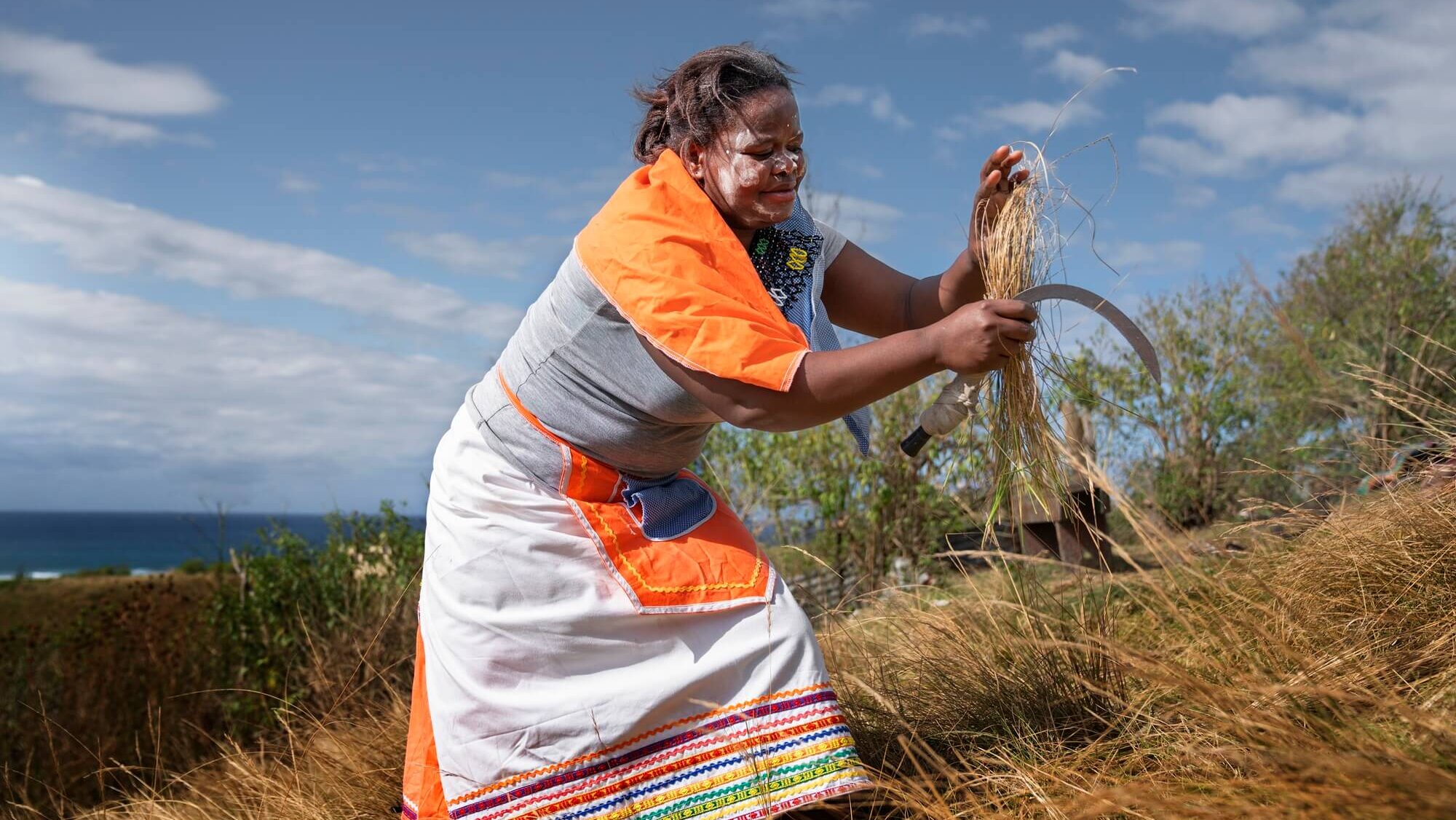
Amidst these challenges, harnessing scientific insights has become more important than ever. Integrating interdisciplinary and transdisciplinary approaches while leveraging advancements in science and technology offers a pathway to recalibrate efforts towards sustainable development, driving innovative solutions and strengthening science-policy-society interfaces across all levels.
The International Science Council, together with the World Federation of Engineering Organizations (WFEO), has recently prepared a paper for the High-level Political Forum (HLPF) using 13 case studies showcasing the pivotal role of science in tackling complex global issues and outlining how science-based decision-making and innovation can drive effective and equitable progress towards the SDGs.

From science to action: Leveraging scientific knowledge and solutions for advancing sustainable and resilient development
DOI: 10.24948/2024.09
The SDGs are an integral part of other global frameworks like the Paris Agreement on climate change and the Kunming-Montreal Global Biodiversity Framework, and require cohesive and integrated approaches. This synergy not only ensures concurrent achievement of multiple objectives but also mitigates unintended negative consequences. Given the escalating challenges posed by climate change and biodiversity loss, coupled with socio-economic disparities, cohesive and sustained efforts are essential to protect development gains.
One initiative that exemplifies the efficacy of science-driven strategies in bolstering community resilience against climate-induced vulnerabilities is the Naryn Urban Resilience Project in Kyrgyzstan. By integrating local knowledge and scientific insights, projects like these foster sustainable urban development and advance progress across SDGs 2 (Zero hunger), 11 (Sustainable cities and communities), 13 (Climate action) and 17 (Partnership for the Goals). Such integrated approaches are key in navigating the increasingly complex risk landscapes and securing long-term sustainability.
Science plays a critical role in evaluating technologies, addressing ethical considerations and informing policies to mitigate inequality while aligning with the SDGs.
For example, in Tanzania, advancements in medical technologies have significantly enhanced maternal and newborn health outcomes, demonstrating progress towards SDG 3 (Good health and well-being) targets.
Similarly, a study in Colombo, Sri Lanka, has recommended the use of web platforms and smartphone apps to streamline food rescue efforts, reducing food waste and improving food security. In Peru’s Piura region, integrating ICT in education has bridged urban-rural educational disparities, promoting access and equity in line with SDGs 4 (Quality education) and 10 (Reduced inequality).
Achieving the SDGs faster requires using scientific knowledge from natural and social sciences to guide transformative pathways and measure outcomes effectively. Evidence-based approaches are critical for prioritizing actions that fit specific contexts, considering how different SDGs can work together or conflict. It’s also about overcoming barriers to implementation and getting stakeholders to cooperate.
The Greenhouse Gas and Air Pollution Interactions and Synergies (GAINS) model, developed by the International Institute for Applied Systems Analysis (IIASA), supports decision-making by proposing cost-effective strategies to manage air quality and reduce greenhouse gas emissions, thereby contributing to SDGs 3 (Good health and well-being), 7 (Affordable and clean energy), 11 (Sustainable cities and communities) and 13 (Climate action).
Science also provides the evidence and tools to develop integrated metrics such as the Years of Good Life (YoGL) indicator, considering different aspects of human well-being to help shape policies and predict future scenarios based on economic and climate changes.
By integrating insights from various scientific disciplines and other relevant stakeholders, actions and solutions can meet local needs and ensure sustainability.
For instance, in Bangladesh, collaborative efforts, underpinned by the latest scientific evidence, to adopt circular economy practices in the textile industry have promoted sustainable industry (SDG 9), responsible consumption (SDG 12), and clean water (SDG 6). Scientific research supports these initiatives by assessing impacts and informing the development of innovative solutions. Government policies and training are crucial in promoting sustainable practices and economic growth through these collaborative approaches.
Achieving the SDGs further hinges on enhancing capacities and skills across various levels, bolstering national STI systems, and advancing inclusive approaches. This includes training scientists, promoting science literacy, and improving education at all levels. Addressing challenges like mobility, brain drain, and gender disparities in STEM is especially important.
A notable example is the Center for Women in STEM (CWS) in Pakistan, which supports women in overcoming barriers through tailored support, career counseling, and access to scholarships. The CWS aligns with SDG 5 by empowering women and contributes to SDGs 4 (Quality education), 8 (Decent work and economic growth), and 9 (Industry, innovation and infrastructure) by enhancing education, supporting economic growth, and promoting industry innovation.
Similarly, the Black Youth Mentorship and Leadership Program in Canada illustrates how mentorship can uplift marginalized groups, enhancing educational and economic outcomes for Black youth. These initiatives underscore the role of mentorship and education in promoting equity and advancing multiple SDG targets.
The ‘science in action’ case studies showcase the readiness of the scientific and technological community to work with local communities, policy-makers, indigenous peoples and other stakeholders to co-design and co-implement practical solutions that contribute to advancing the 2030 Agenda and its 17 SDGs. They furthermore underscore the importance and urgency of aligning scientific advancements with policy-making to address the multifaceted challenges hindering progress towards achieving the SDGs.
As the HLPF convenes, it provides a crucial platform to assess and accelerate our efforts toward achieving the SDGs. The forum should furthermore seek to showcase real-world success stories and share key learnings to bolster sustainability efforts and inspire impactful change.